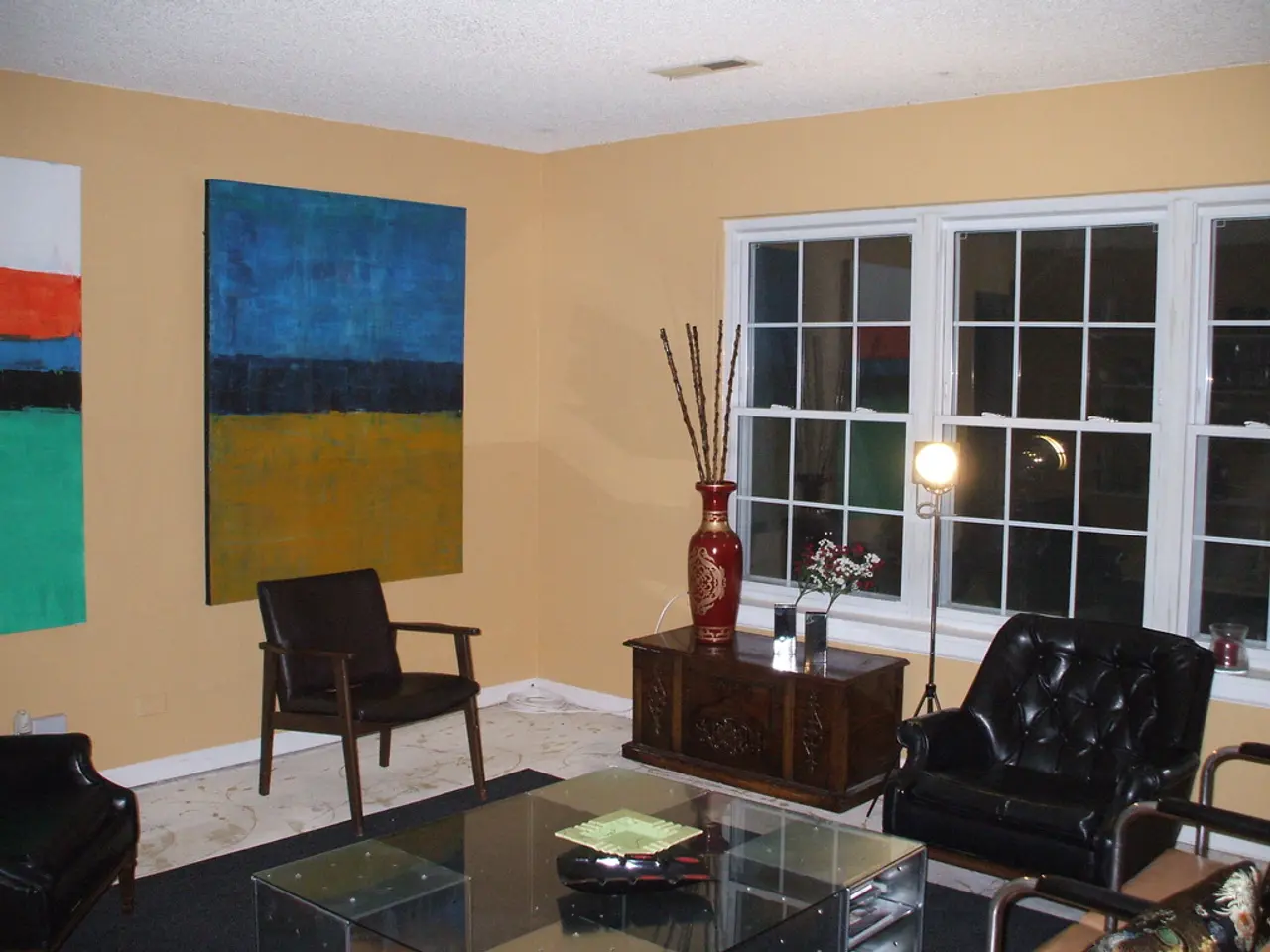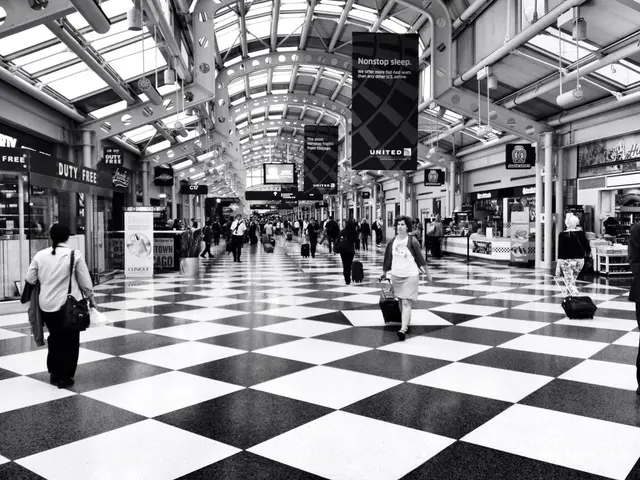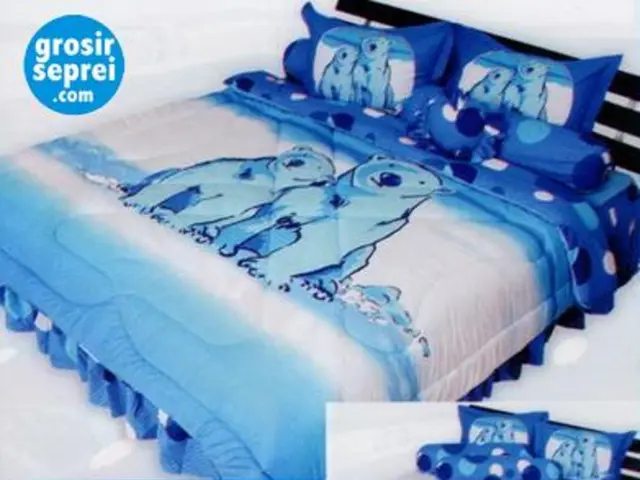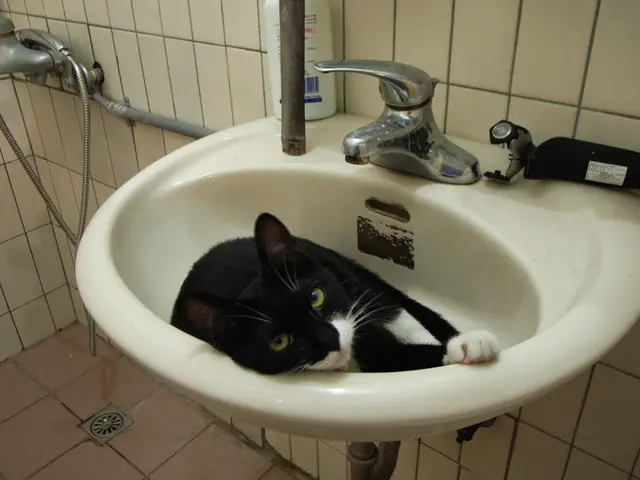Discussing the Advantages and Disadvantages of Installing Windows in Art Exhibition Spaces
In the world of art exhibitions, the debate over the use of natural light continues to be a topic of interest. On one hand, views outside can add interest and provide a pleasant distraction during breaks from viewing art. On the other hand, traffic noise, people walking by, and weather changes can distract visitors from focusing on the art.
The impact of natural light on artwork is a complex issue. While it offers soft, dynamic illumination that reveals color nuances, its inconsistent intensity and the presence of UV rays are major challenges. The UV component in natural light damages artwork by breaking down chemical bonds in pigments and substrates, leading to fading and degradation.
Prolonged exposure to direct sunlight or strong natural light can significantly harm artworks by fading pigments and weakening materials over time. To mitigate these risks, many galleries employ hybrid lighting approaches to balance natural aesthetics with protection and consistency. Using LED lighting with minimal UV emission, UV-filtering coatings on windows or frames, and limiting direct sunlight exposure are recommended strategies.
Natural light, however, also has its benefits. It shows colors more accurately in art exhibitions, helping visitors see artwork as the artist intended. Additionally, natural light makes spaces feel less confined, often making visitors feel more engaged with the art. Natural light can enhance mood, promoting a sense of well-being among visitors. Using natural light reduces energy costs, making art exhibitions more eco-friendly and economical.
Architects and curators must carefully consider factors like natural light, security, and visitor experience when designing exhibition rooms. Special glass like UV-filtering glass, low-emissivity glass, and anti-glare glass can control light and temperature, helping preserve artworks and improve visitor comfort. Innovative solutions like tinted glass, skylights, and movable panels are used to adjust light exposure in exhibition rooms with windows.
High windows allow light without glare and prevent distractions from outside. Despite concerns about glare and direct sunlight affecting specific artworks, visitor feedback generally values the experience provided by windows in art exhibition rooms.
In summary, while natural light enhances art viewing experience, its UV radiation and variability pose long-term risks of fading and material damage, necessitating protective measures for artworks displayed near windows in exhibitions. Balancing the aesthetic appeal of natural light with the preservation of artworks remains a challenge, but one that can be addressed through careful planning and the use of innovative solutions.
References: [1] "The Effects of Light on Artworks: A Comprehensive Guide for Museums and Galleries." (2020). The Getty Conservation Institute. [5] "Light Management in Museums and Galleries." (2018). International Council of Museums (ICOM).
The integration of natural light in the lifestyle domain, such as homes and gardens, can offer numerous benefits, from improving mood to reducing energy costs. However, like art exhibitions, it presents challenges, primarily due to the damaging UV rays that could lead to fading and degradation of furniture and interiors. To ensure longevity, strategies like UV-filtering windows,mu (museum-quality) LED lighting, and proper window treatments are recommended.
In the realm of fashion and beauty, natural light provides an accurate representation of colors, aiding in the selection process. Despite this, the sensitivity of certain materials to UV radiation necessitates the use of protective measures, such as UV-filtering coatings, to maintain product quality. Developing innovative solutions, such as smart windows with temperature and light control, could further improve the industry's balance between aesthetics and preservation.








